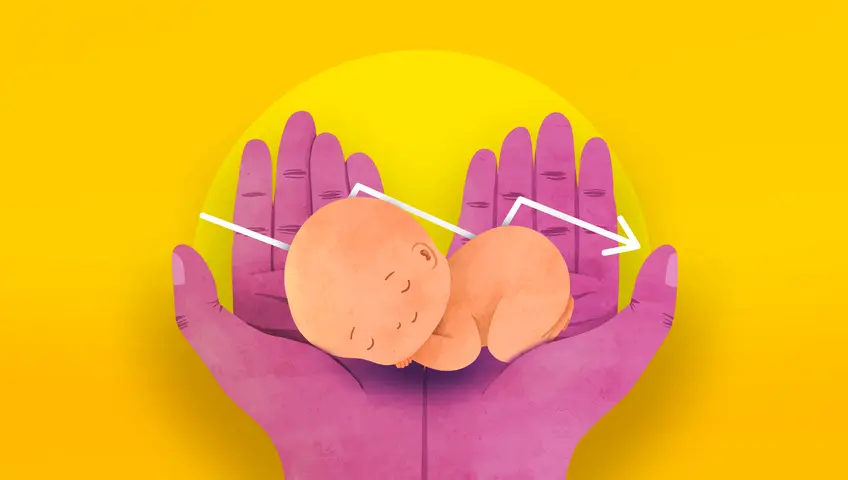
Iran’s Demographic Gamble: A State Program Losing Air
Despite multi-billion-toman plans to promote childbearing, marriage and fertility continue to plunge — the Supreme Leader’s demographic ambitions may be slipping out of reach.

Despite multi-billion-toman plans to promote childbearing, marriage and fertility continue to plunge — the Supreme Leader’s demographic ambitions may be slipping out of reach.
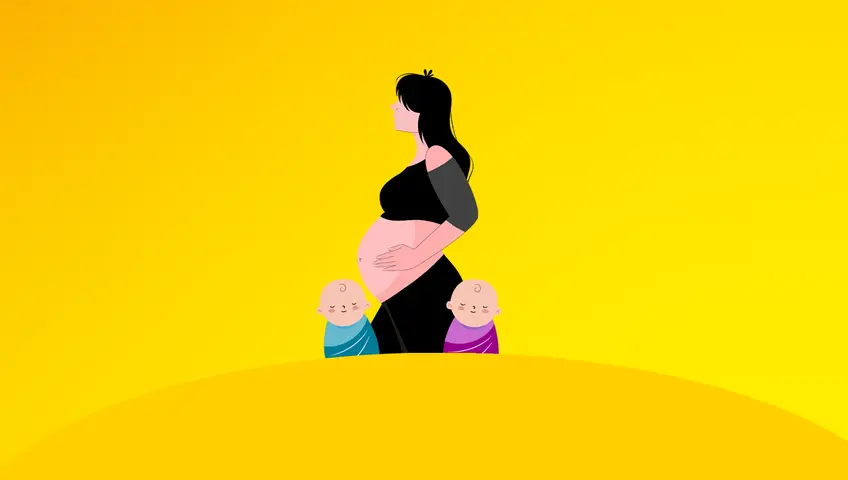
Just 2% of Iranian births involve twins or more, but stark provincial differences point to deeper demographic, health, and cultural divides.
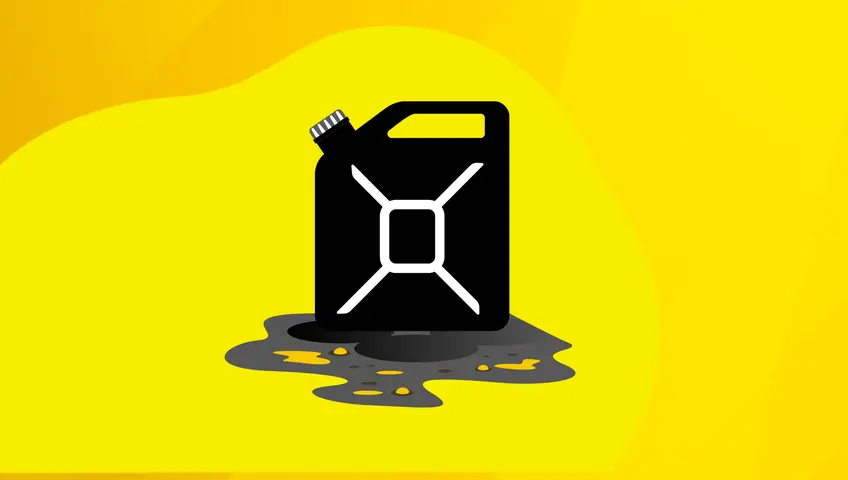
IOD’s analysis reveals that nearly half of Iran’s energy is wasted before reaching users—costing billions and exposing deep structural failures.
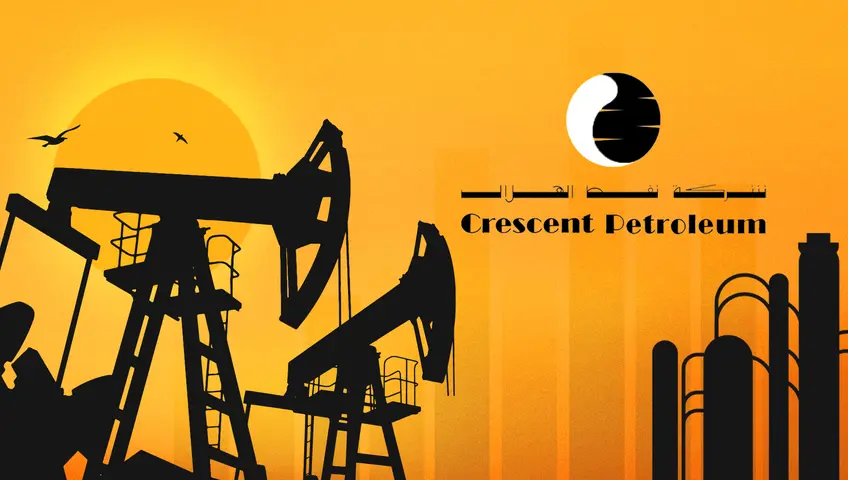
London’s Court of Appeal has upheld enforcement of a $2.4bn gas arbitration against NIOC, paving the way for asset seizures in Iran’s costliest commercial defeat.

Iran’s education crisis has become nationwide. Structural inequality is deepening across all provinces—not just in the poorest corners, IOD’s analysis of the latest available data reveals.
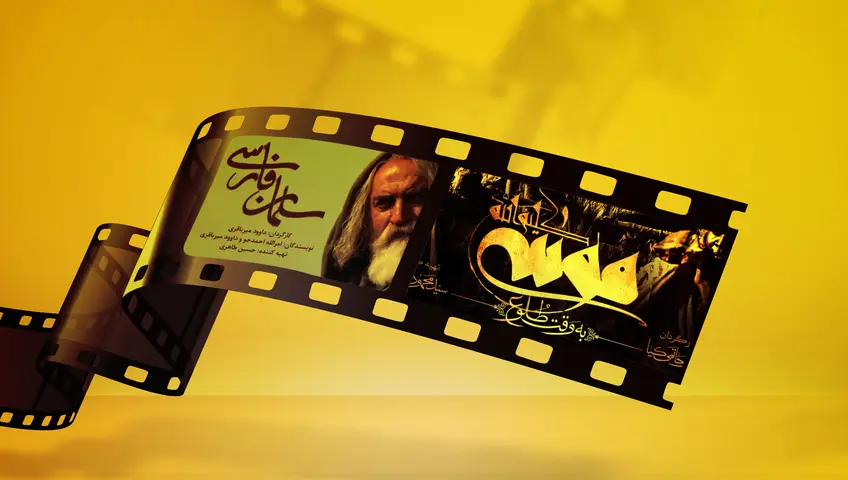
IOD has found that the combined state allocation for Moses and its sister series Salman the Persian has reached 9.1tn tomans ($182m) over the last four years. From 700bn tomans in 2022 to 4tn in 2025, the budget has ballooned despite no completed production.
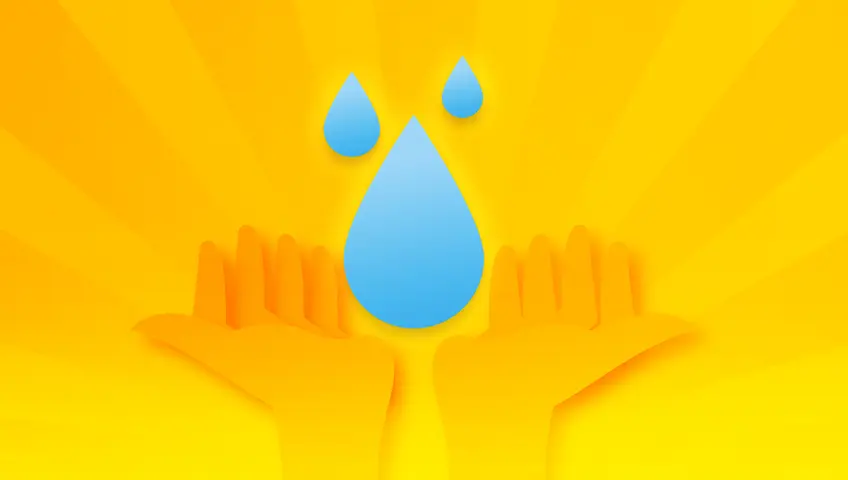
IOD’s analysis of UN data reveals Iran as the Middle East’s leading extractor of groundwater, and fifth globally after India, China, the US, and Pakistan. Overuse has placed hundreds of aquifers in critical condition, with land subsidence threatening major cities and “Day Zero” looming in Tehran.
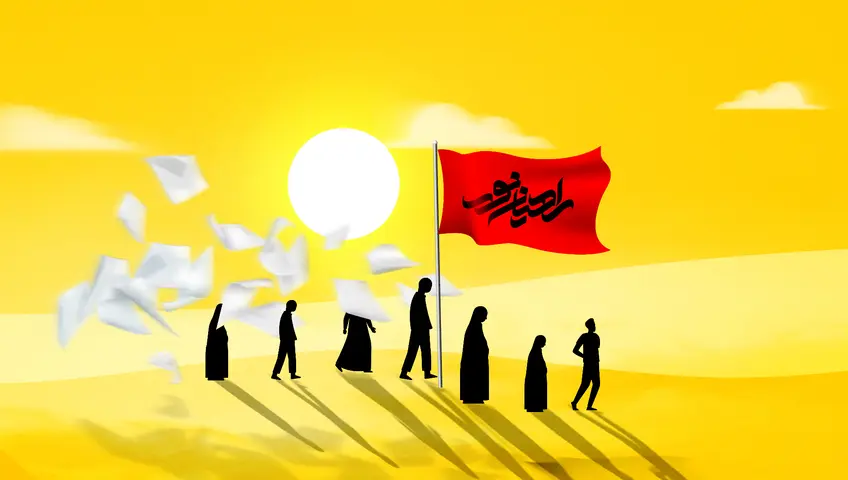
IOD’s analysis finds the regime has increased funding for the Rahian-e-Nour war pilgrimages to 210bn toman ($2m) in 2025, even after fabricating participation figures and halting all public reporting.
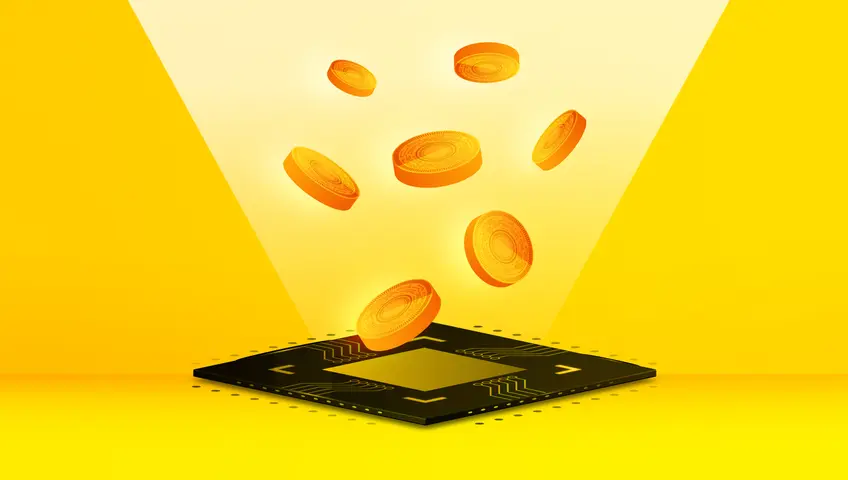
IOD’s analysis finds Iran’s crypto mining footprint could account for up to 15% of global activity—driven by subsidised electricity and large-scale operations. A 2,400 MW power drop during a blackout revealed the hidden scale of the sector.
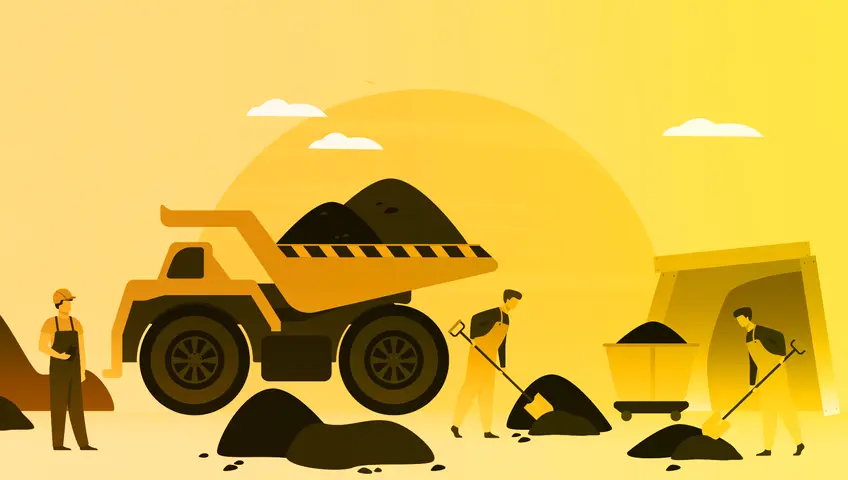
IOD’s analysis finds no correlation between Iran’s provincial mining resources and local economic wellbeing. Provinces rich in mines often remain poor, while low-resource areas post stronger welfare indicators.

IOD’s analysis finds a 60% increase in Iran’s reported grain production since 2011 has coincided with a fourfold jump in grain imports—now exceeding $8bn annually. Official data clashes with international estimates, raising fresh doubts over Tehran’s agricultural self-sufficiency claims.
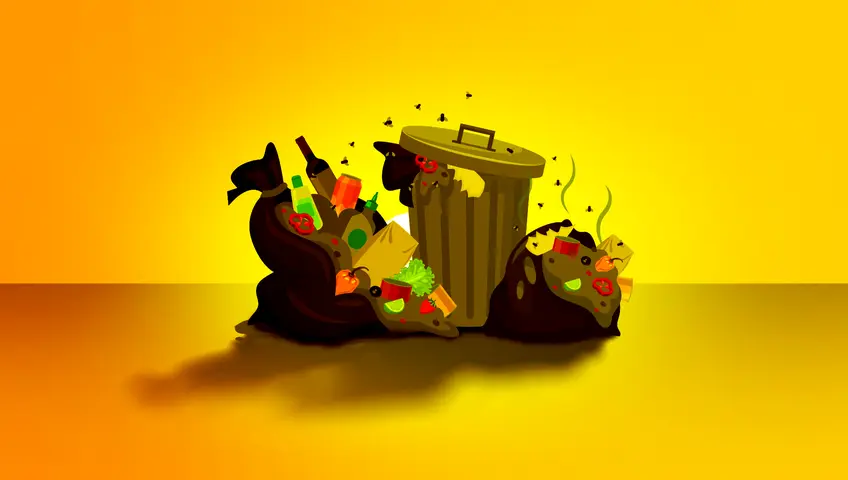
IOD’s analysis finds that most food and energy waste in Iran stems from systemic inefficiencies, not consumer behavior. Official narratives blaming citizens misrepresent both domestic and global data.
We use cookies to enhance your experience. By clicking "Accept All Cookies" or selecting "Necessary Cookies Only", you agree to our privacy policy.